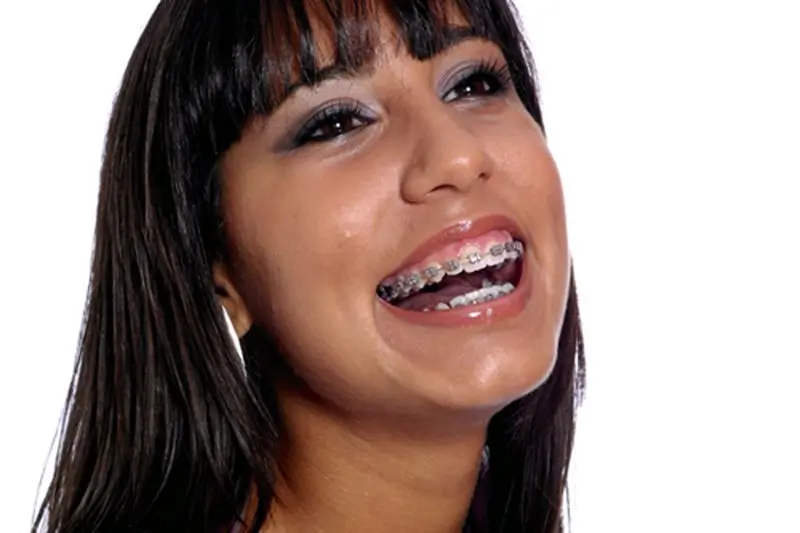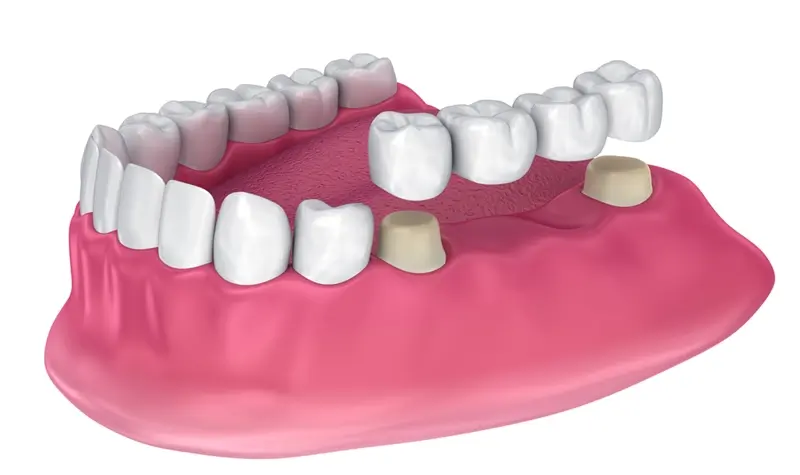When it comes to gum, just about everyone says “Yum!” Look no further to corroborate this reality than how much is consumed in any given year. Worldwide, 560,000 tonnes are sold of it per year, according to a study published in the National Library of Medicine. That translates to roughly 374 billion pieces.
That’s a whole lot of gum. From fruit-flavoured to fresh mint, classic bubble to spearmint, gum not only tastes great in its lip-smacking sweetness, it can be a key contributor to good oral hygiene, especially when a toothbrush and floss aren’t within arm’s reach.
Like just about anything, however, too much of anything is never a good thing. And that includes gum-chewing. That said, you may wonder when chewing gum is worthwhile and when it isn’t. Similarly, you may have questions about certain types of gum and whether one is better or worse than another, and if so, why that’s the case.
The following should help set the record straight on this often “sticky” subject matter:
Avoid gums that use sugar as sweetening agent
The appeal to many varieties of gum, of course, is sweetness: The same sugar often found in candy is also frequently used in chewing gum. Unfortunately, sugar is a major contributor to issues like plaque, tooth decay and cavity development. Because it naturally adheres to teeth, and even when saliva flow increases through the physical act of chewing, the added flow isn’t enough to fully saturate the teeth and neutralise sugar’s harmful effects.
As an alternative to sugar-based gums, stick with those that are sugar-free. However, not just any “sugar-free” gum will do. Numerous gums brands accurately describe their selections as sugarless, but in place of sugar, they use artificial sweeteners like aspartame, saccharin or certain novel sweeteners. While these are deemed to be safe to consume by most federal health agencies, they don’t carry the teeth-promoting benefits of a chemical called xylitol. Pronounced “ZI-lit-all,” xylitol derives from xylose and is naturally occurring crystalline, found chiefly in certain plant tissues. It’s been proven to be effective in reducing the occurrence of gum disease and tooth decay. It does this by inhibiting the growth of cavities by making it more difficult for bacteria to accumulate in the mouth.
There is some question as to how many sticks one needs to consume to reap the full benefits of xylitol’s cleansing capabilities. Between three and five xylitol mints or gum sticks per day may be the ideal, but you may want to ask your dentist or hygienist for their advice. They may also have some recommendations about which gums to choose or try if you haven’t already.
 It’s best not to chew gum when you have metal braces.
It’s best not to chew gum when you have metal braces.Steer clear when you have braces
You don’t have to peel a piece of gum off your shoe to know how easily gum sticks to almost everything it touches. That’s especially true when you have braces, or at least the metal kind. Metal braces are very intricate and delicate, and if you’re not careful or chomp down too hard or awkwardly, it causes the wires to bend or break. This may ultimately result in a trip to the orthodontist so they can assess the damage and fix whatever is broken.
Additionally, just like certain foods, gum can easily get stuck inside of the brackets that line the surface of braces. This can create a real mess and is frustrating to get out, even if you have a mirror available to see what you’re doing.
If you have a child with traditional braces and know they’ve been chewing gum without a problem, speak to your dentist or orthodontist. They may be able to provide further guidance as to why this is a time to keep gum-chewing to a minimum.
 Gum chewing is inadvisable immediately following certain dental procedures.
Gum chewing is inadvisable immediately following certain dental procedures.When you’ve had a recent dental procedure
From crowns and inlays to onlays and bridges, dental procedures come in all varieties and aim to restore broken, weak or missing teeth so they can return to normalcy or become better functioning than before. While teeth are extremely strong and sturdy and last most people their entire life, they’re also very sensitive. As such, in the days or weeks after getting a dental crown, for example, you may need to avoid anything that’s excessively chewy, such as caramels, gummy candies, lollipops and gums. Again, your dentist will be able to tell you when it’s safe to go back to your normal eating or chewing routine, but gum should be avoided following most if not all dental procedures. Not following this guidance risks the crown becoming displaced or missing.
Gum can be great, so long as you make wise choices in the type you choose and when. Do you have questions about chewing gum or whether a new brand promotes oral health? We’ll be happy to talk to you about it and any other questions you may have. Set up an appointment today with City Dentists. You can book one now by filling out our online application.
